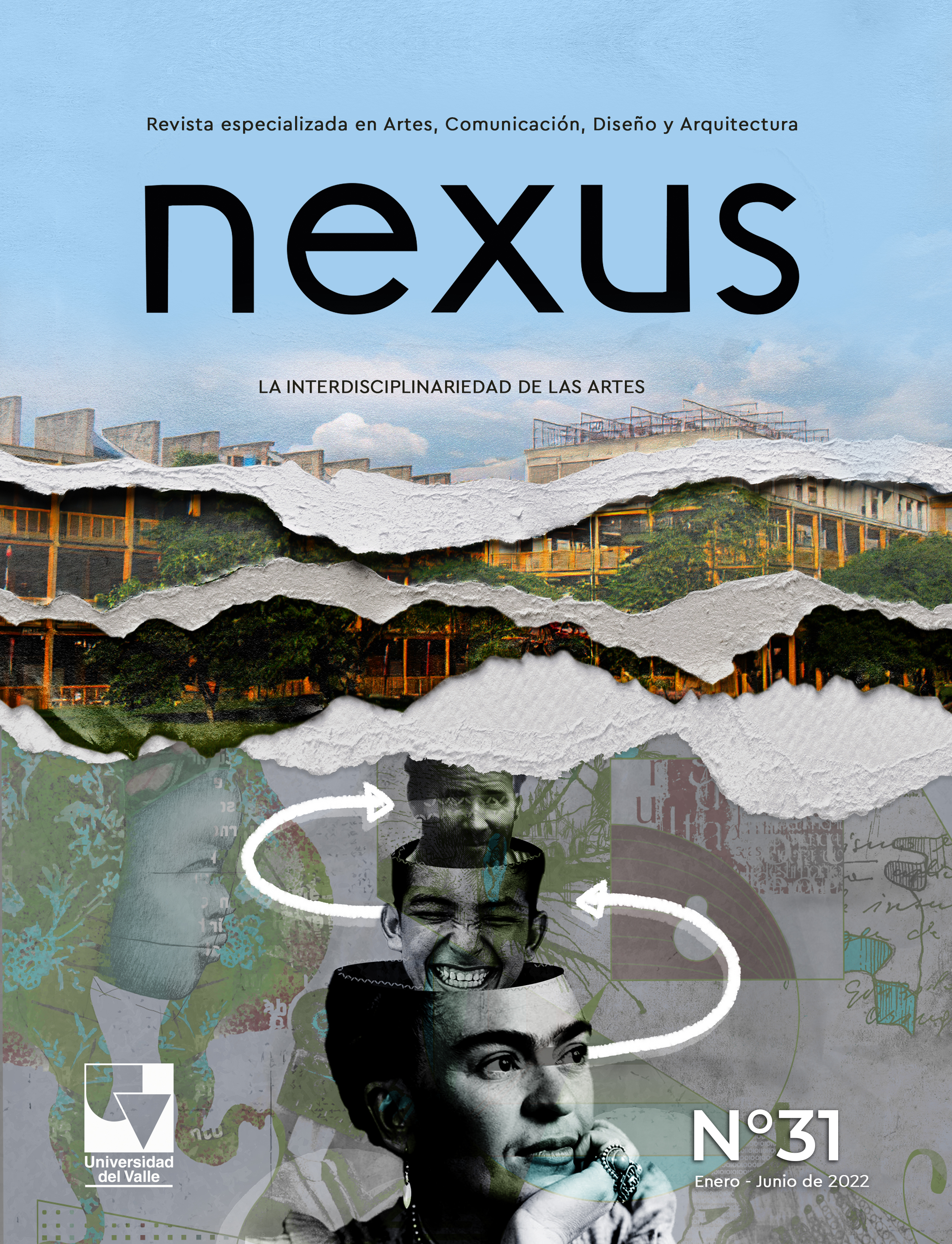Digital humanism, body and technomorphosis
Main Article Content
This article aims to analyze the evolution of the concept of digital humanism, its relationship with posthumanism and the changes in the conception of the body based on narrative references. This required the use of content analysis with mixed research methods (Mixed Methods Research), through three aspects: triangulation to collect quantitative and qualitative data, triangulation to compare data from multiple sources and structure matrix analysis to establish correlations between variables and the main semantic components, which revealed narratives that state post-humanity as a monoculture in extreme conditions, places life at risk, but especially where the adaptive capacity of the species has been lost. Therefore, it is through technology that it must be overcome. That is how it can be concluded that the evolution of humanism from its transhumanist and posthumanist currents, generates an ontological and phenomenological breakdown in the face of the meaning of life, the conception of the body and the use of technological and scientific knowledge for eugenic purposes.
- Digital humanism
- Transhumanism
- Technology
- Hybridization
- Body
Downloads

This work is licensed under a Creative Commons Attribution-NonCommercial-ShareAlike 4.0 International License.
Nexus agrees with the Creative Commons BY NC 4.0 licence.





